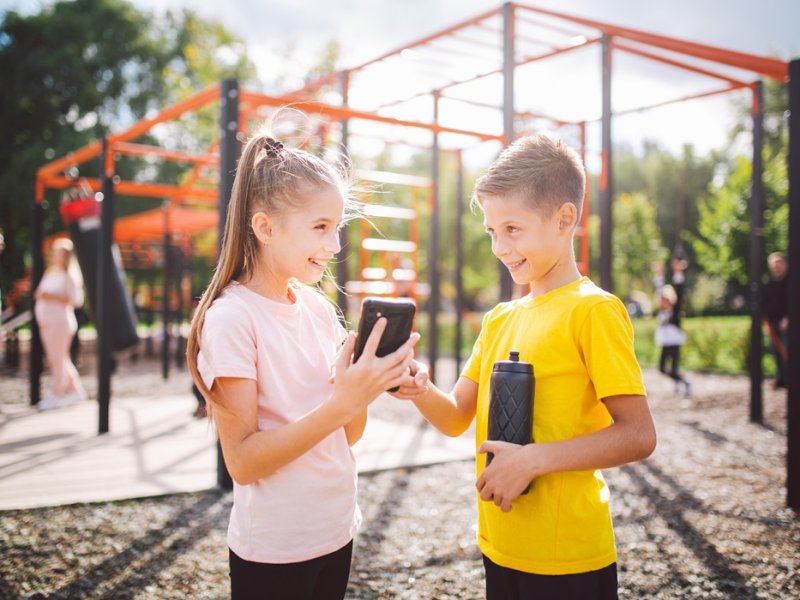From the playground to the app: how physical activity moved from public space to digital space, in Bucharest

By Bucharest Team
- Articles
If you grew up in the '80s or '90s, you probably remember summer days when the playground or courtyard was the kingdom of kids. We ran around, invented games, got bruised, got up again, and no one had to tell us: “Now it’s time for exercise.”
Today, the story sounds very different. Kids move in controlled spaces, wear smartwatches, follow training programs, and physical activity has become something you schedule — paid, measured, and often digitalized.
How did we get here? What have we gained, and what have we lost?
From free play to organized sport
Physical activity is no longer spontaneous. Children don’t just “go outside to play” — they attend classes: swimming, martial arts, gymnastics, dance. They have schedules, coaches, sometimes even performance reviews. It’s movement with purpose, structure, and discipline — which can be great.
But something got left behind: the unstructured play where kids learned to negotiate, adapt, invent. A pickup football game in a parking lot or makeshift hopscotch with shoelaces wasn’t just physical — it was social, emotional, creative development in disguise.
When sport becomes a monitored activity
Nowadays, fitness is often tracked. Kids wear devices that count steps, measure effort, or rank them on leaderboards. Everything is quantifiable.
That can build motivation and consistency — which is helpful. But it also risks turning movement into just another task to “check off,” detaching it from the joy of simply moving because it feels good.
The city no longer leaves room for play
Another key shift: space. The courtyards between apartment blocks are now full of cars. Schoolyards are locked after hours. Parks are neat, but highly regulated. And parents — understandably — are more cautious.
So instead of roaming outside, many kids do sports indoors, in structured, paid environments. It's a natural adaptation to modern life, not a failure. But it’s worth remembering that not all movement needs sports shoes and a coach.
Free play: the irreplaceable ingredient
Research is clear: free play is essential for child development. When kids move and play freely, they’re not just exercising — they’re learning to make decisions, regulate emotions, and stretch their imagination.
Unstructured movement doesn’t build performance. It builds resilience, self-confidence, and autonomy. No organized program — no matter how good — can fully replace that.
What can we do, as parents?
We’re not expected to rewind time or give up organized sports. We live in a different world. But we can strive for balance.
Let your child run through the park without a plan. Let them climb trees, kick a ball with neighborhood kids, invent rules that don’t make sense. Encourage “chaotic” play — the kind that looks like nothing but builds everything.
Maybe the real challenge for today’s parents isn’t just finding high-quality sports programs — but making space for that pure, instinctive, unmeasured joy of movement that helps kids grow strong in all the ways that matter.






























